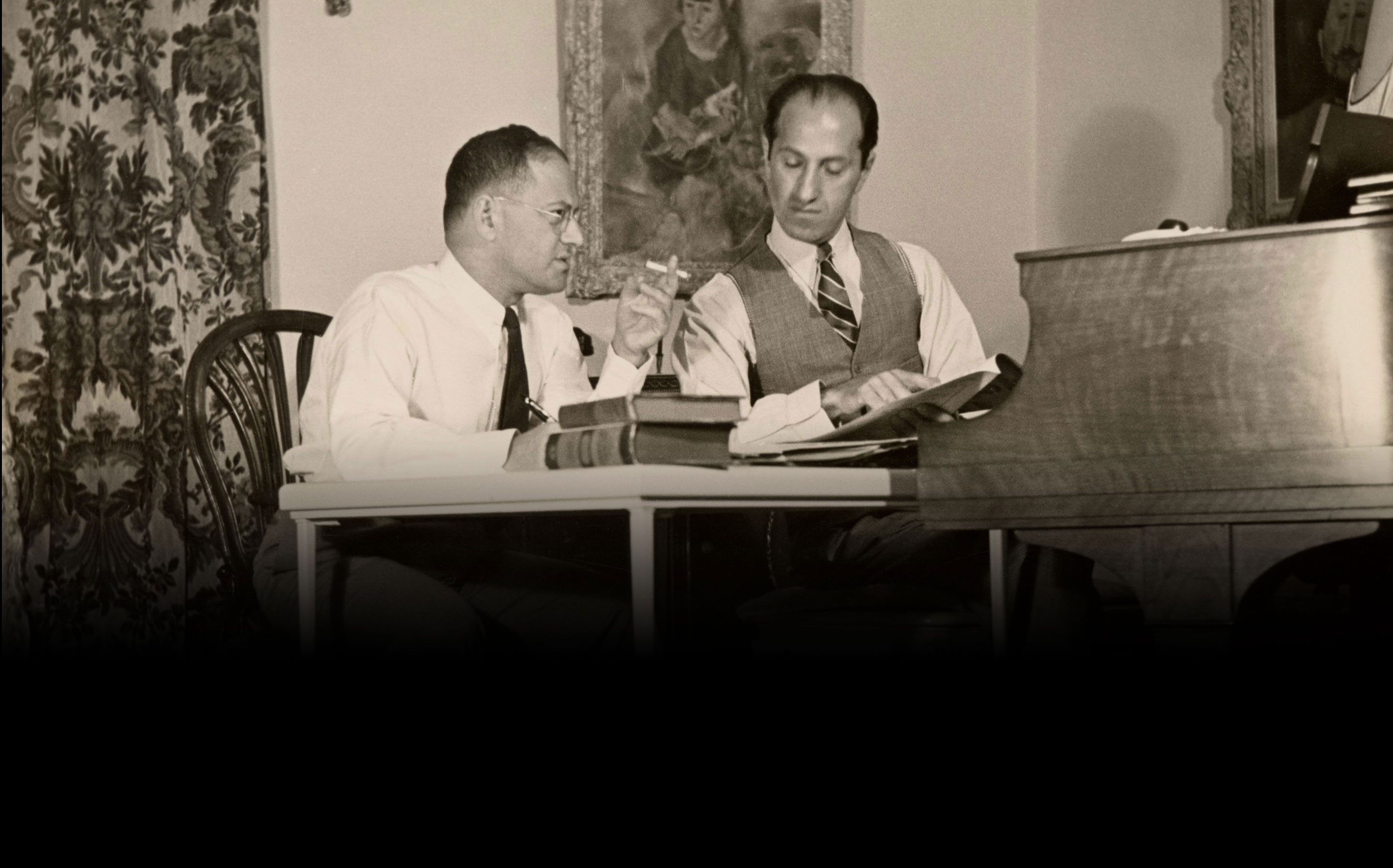Second-Rate Rhapsody
Unrefined brilliance may be a thousand times more striking than uninspired finesse, but such realities are not always obvious to the artist at work. How did George Gershwin’s opinions of his Second Rhapsody measure up to those of the public? Read on to find out! By Cassidy Goldblatt “Second-rate: adj., of mediocre or inferior quality.” Applied to George Gershwin’s Second Rhapsody (1931), it’s only a halfway accurate description, applicable more to public sentiment than to the work’s compositional coherence. George described the piece as, “in many respects, such as orchestration and form, . . . the best thing I’ve written,” […]
